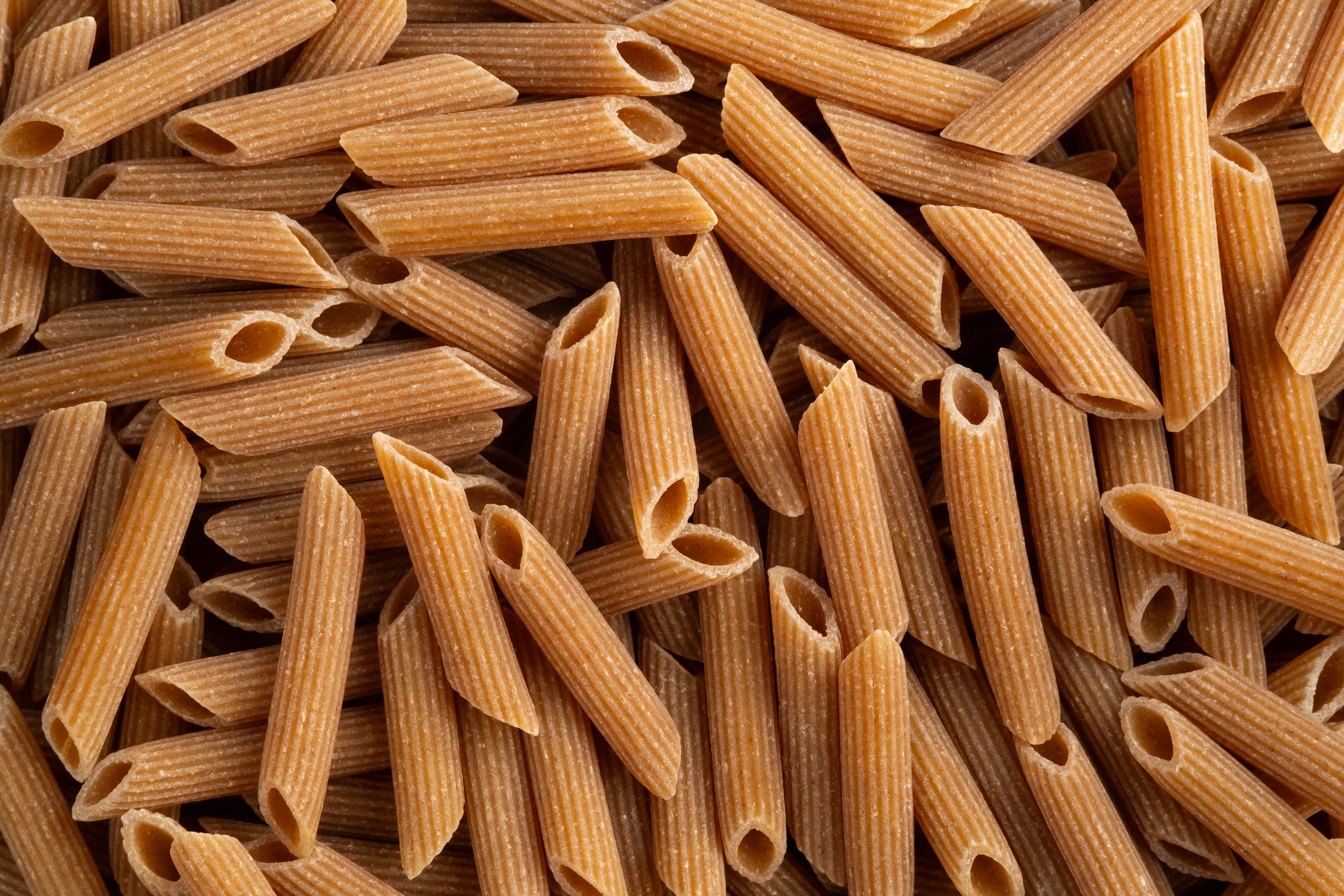Choosing the Right Pasta: A Guide to Clean Ingredients
Understanding Pasta Ingredients
When it comes to choosing pasta, understanding the ingredients is crucial. Many consumers are now prioritizing clean ingredients, which means selecting products with minimal additives and preservatives. This not only benefits your health but also enhances the natural flavors of your dishes.
Most traditional pasta is made with just a few simple ingredients: durum wheat semolina and water. However, some brands add extra ingredients like colorings, preservatives, or artificial flavorings. To ensure you're selecting a clean pasta, always check the ingredient list and opt for the simplest options.

The Benefits of Whole Wheat Pasta
Whole wheat pasta is a popular choice for those looking to incorporate clean ingredients into their diet. It is made from whole grain durum wheat, retaining the bran and germ, which are rich in nutrients. This type of pasta is a great source of fiber, vitamins, and minerals.
Another benefit of whole wheat pasta is its lower glycemic index compared to regular pasta. This means it causes a slower rise in blood sugar levels, making it a better option for those managing blood sugar or aiming for sustained energy.
Exploring Gluten-Free Options
For those with gluten sensitivities or celiac disease, gluten-free pasta is a fantastic alternative. These pastas are typically made from ingredients like rice, corn, or quinoa. It's vital to read labels carefully to ensure these products don't contain unnecessary additives.
Some gluten-free pastas can be lower in fiber and protein compared to whole wheat pasta, so it's important to balance your diet with other nutrient-rich foods. Adding vegetables or legumes to your pasta dish can boost its nutritional profile.
Organic vs. Conventional Pasta
Choosing between organic and conventional pasta can be a challenge. Organic pasta is made from wheat that is grown without synthetic pesticides or fertilizers, aligning with a cleaner eating philosophy. This choice supports sustainable farming practices and can reduce your exposure to harmful chemicals.

While organic pasta may be slightly more expensive, many people find the benefits worth the cost. It's essential to weigh the pros and cons and decide based on your budget and dietary preferences.
Making the Right Choice
When selecting pasta, consider your dietary needs and health goals. Here are some tips to help you make the right choice:
- Read ingredient labels carefully.
- Opt for whole wheat or organic options when possible.
- Consider gluten-free alternatives if you have sensitivities.
- Balance your meals with nutrient-rich additions like vegetables or proteins.
By focusing on clean ingredients, you can enjoy delicious pasta dishes while supporting a healthier lifestyle.
Here are a few product links from Amazon that I recommend:
Papa Vince Organic Non Enriched Pasta
Organic Felicetti Ditalini Pasta Italian Non-GMO
Giadzy by Giada De Laurentiis 4 Pack Organic Pasta
I do earn a commission from your purchase. Thank you for your support!
